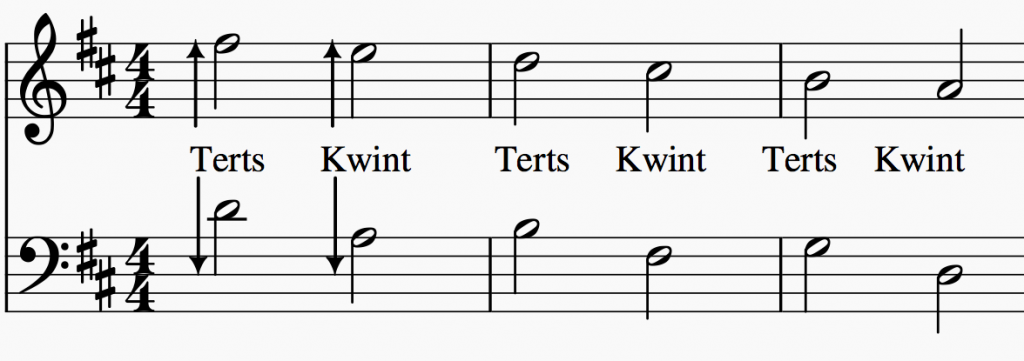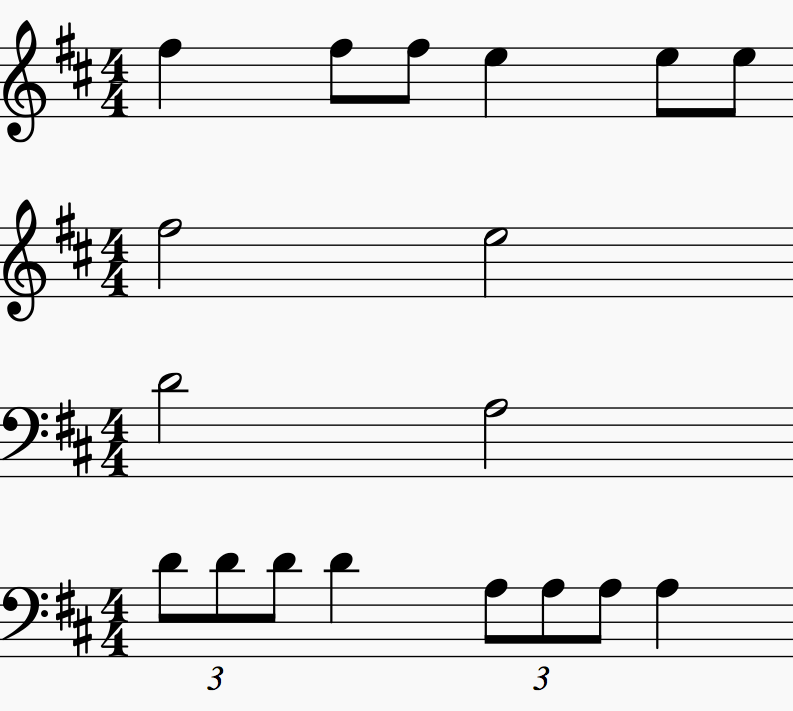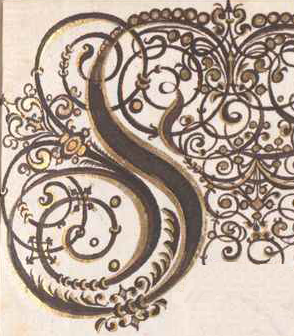Improvise on Pachelbel’s Canon
After the success of our last session we are moving on to “Pachelbel’s Canon”. If you are around, come and join us on November 18 in The Hague!
In this post you will find the following:
Reserve tickets for our session on the 18th of November in the Koorenhuis in The Hague
Introduction to Pachelbel’s Canon
Step 1: Warm up with the A
Step 2: Learning two Guidelines
Step 3: Improvising on the guideline and going on
So this time our theme is Pachelbel’s Canon:
[VIDEO]
This comic shows how many songs actually use the structure of Pachelbel’s Canon!
Step 1: Warm up with the A
[VIDEO]
It’s always important to start with a simple exercise. Even if you are a great improviser already, try to challenge yourself to be creative and innovate yourself especially with simple exercises.
So the first exercise is just to play the note “A” and use different rhythms to make a build up. Play along with the little track we recorded below. Can you already tell a story? Ask someone to play with you, much more fun! Trade back and forward with your A’s.
In case you would like to know, the chords we use for this first exercise are the D major chord and the A major chord. D major consists of D, F sharp and A.
A major consists of A, C sharp and E. You can see the A is indeed in both chords!
These two chords together also form an important alliance in classical music. The A is called the dominant and the D the root or the ‘home key’. Perhaps you can hear that the A major chord likes going towards the D chord, but it’s not all too important for now :).
Perhaps you are not a big fan of our accompaniment, why not use this one?
In the same series there are also many other chords, so why not try a different note or chord every day?
If you want to experiment more even on our track, you can also see if you can add a few of the other notes from the chords we mentioned. An F sharp when it is the D chord and an E when it is the A chord for example?
Step 2: Pachelbel’s Canon with a Guideline
To help you find your way the first few times, we propose using a ‘guideline’. It is a simple melody which works on Pachelbel’s Canon and you can elaborate it more and more without losing your way.
Try to learn the melody by ear first. Listen to it here:
The bass line is in fact another guideline. Try to learn it on your instrument too, or sing it! Even if you are a soprano or high melodic instrument, it’s important to know the bass line from memory.
If you play the piano, learn each line separately first, but then feel free to combine them. Try to still feel them as two different lines when you play them both!
Below you can find both lines in notation. Just so you don’t accidentally see them before you want to, here is a picture of Pachelbel himself.

Melodic Guideline.
 Bass Guideline.
Bass Guideline.

Play these lines with the accompaniment as well. You will hear two A’s to count you in first.
Extra (you can skip this part):
Interesting, but not necessary to improvise, is to see which intervals form between this melody and bass. You will see that there is always an alternation between a third and a fifth. First there is a D in the bass and an F sharp in the melody (a third), next an A in the bass and an E in the melody (a fifth). This approach was typical for improvisation in earlier times and you can find it back in many compositions. In short, musicians always liked variety and specifically disliked two fifths in short succession and at times were even not allowed in the rules.
Nevertheless, these fifths are popular in folk music or rock music, so nowadays we got accustomed to their sound.
 (terts is a third, kwint is a fifth)
(terts is a third, kwint is a fifth)
Step 3: Improvising on the guideline
This step combines steps 1 and 2. Just like you played rhythms on the A, you can also play rhythms on the Guideline. A written-out example follows. In the middle you see the original melodies, the top line is a rhythm on the melodic guideline and the bottom line a variation on the bass.

Try it with the accompaniment. There will be two A’s again to count you in.
A track which keeps repeating:
You can find more ideas in Pachelbel’s original. You will see that your guideline can be found in a few instances, but also others! Perhaps if you look just at the first note of even very complex looking passages you will find these guidelines:

You might for instance find a guideline starting on the D.
